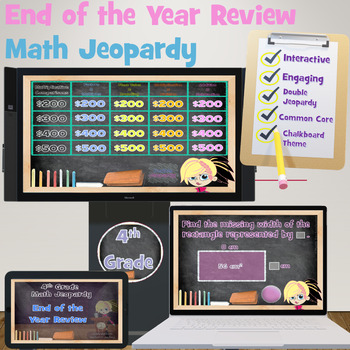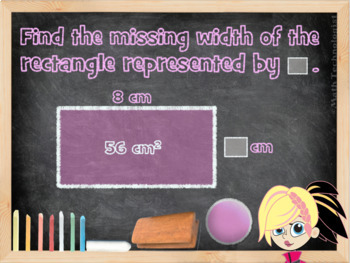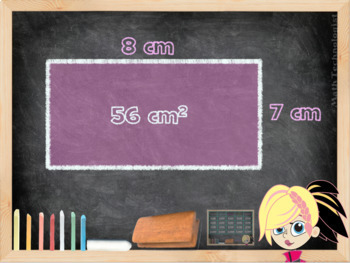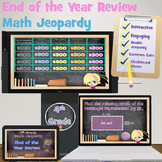Math Jeopardy : End of the Year Review - 4th Grade Math CCS
- PPTX
What educators are saying
Also included in
- This bundle includes 5 Common Core Jeopardy Games. (5 games for the price of 4)These games are a great tool to use in the classroom to review 4th grade common core standards. Each game has 41 tasks including the final jeopardy question. Each category has an I Can Statement included.OPERATIONS &Price $12.50Original Price $17.50Save $5.00
Description
JEOPARDY!! END of the YEAR REVIEW!
This game is a great tool to use in the classroom to review all 4th Grade Common Core Math Standards at the beginning of the year or end of the year. This Chalkboard Theme Jeopardy Game prepares my students for our end of the year test. Each category is aligned with Common Core Math Standards. There are 41 tasks including the final jeopardy question.
Jeopardy Categories:
*Multiplicative Comparison
*Factors and Multiples
*Place Value & Rounding
*Addition and Subtraction
*Multiplication & Division
Double Jeopardy Categories:
*Fractions
*Decimals
*Measurement
*Area & Perimeter
*Geometry
Final Jeopardy Category:
*Angles*
Related Products
4th Grade Jeopardy Bundle (5 games for the price of 4)
Feedback is always appreciated and helps you earn TPT credits for future purchases!! Don't forget to click the green star at the top to follow me to get notifications of my newest products, sales, & newsletters!
Copyright ©Math Technologist
All rights reserved by author.
Permission to copy for single classroom use only.
Electronic distribution limited to single classroom use only.
Not for public display.






